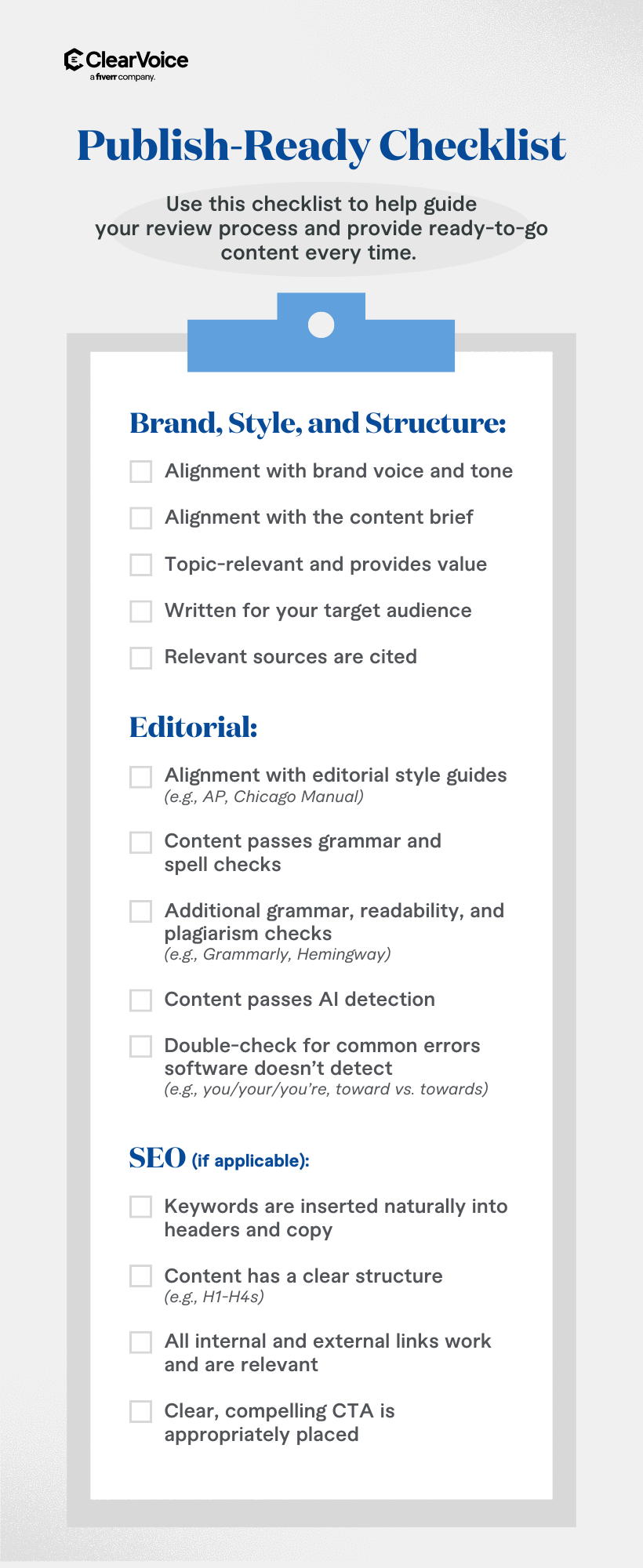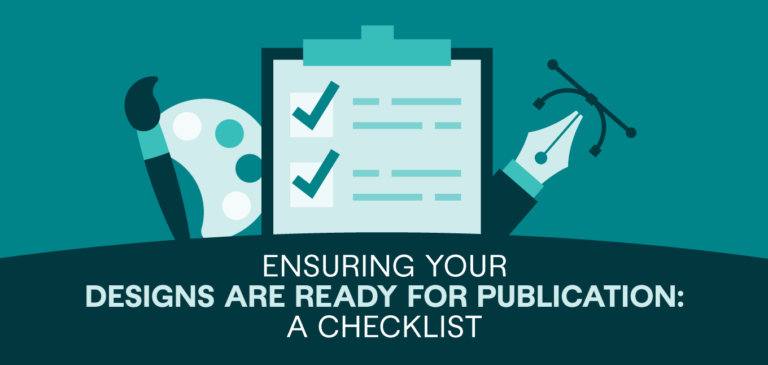Whether you’re writing for your own blog or managing a brand blog for a large organization, you need to make every post count. Millions of blog articles are posted every day and then shared across a growing list of distribution and social media platforms. The amount of data shared on the Internet every minute is mind boggling. So how do you give your post a fighting chance? Think before you post.
Before you click on that publish button, use this checklist to ensure your blog post has a fighting chance once it goes live online.
1. Proof your work.
Condense and add subheads. Subheadings help break up the copy for the reader. Bullet points also fall into this category. Consider what you can do to make your content more “scannable.”
Give it a rest before you edit. After you write your article, sleep on it and wake up with a refreshed mind to make your final revisions. Look for grammar, punctuation and typos, but also read the piece for tone and consistency.
Eliminate unnecessary words. Remove words that don’t add value to the article. Successful Blogging offers a great list of words and phrases to chop.
Run a grammar check. Although your spellcheck and manual review should catch most errors, it doesn’t hurt to copy and paste your article into a program like Grammarly for a final check. Below is a screenshot of how Grammarly works:
Have someone else proof your article. Once the article is perfect in your eyes, have someone else, preferably an editor, read over it. Sometimes writers are too familiar with a topic or with the article and they miss obvious errors or garbled wording. It’s also easier for someone else to spot punctuation mistakes and typos.
2. Add relevant links.
Add external links to relevant sources. Not only are external sources good for SEO, but they will also help show your credibility. If you wrote an entire article without mentioning any studies, other articles, examples, etc., see if you can go back and add to your piece with these external sources. It will help strengthen your points and possibly increase your social shares.
Add internal links to other helpful posts. Just as with external links, internal links enhance SEO and add value for your readers. Internal links also keep readers on your website longer. Make sure all of the internal links are relevant to your article.
Edit links open in a new window. Opening links in a new window will ensure that if readers do want to learn more by clicking on internal or external links, they won’t lose their place in your article. Again, you want to keep people engaging but also staying on your page and reading your article as long as possible, so this is an easy solution. To do this in WordPress, simply edit your links and then tick the “Open link in a new window/tab” option.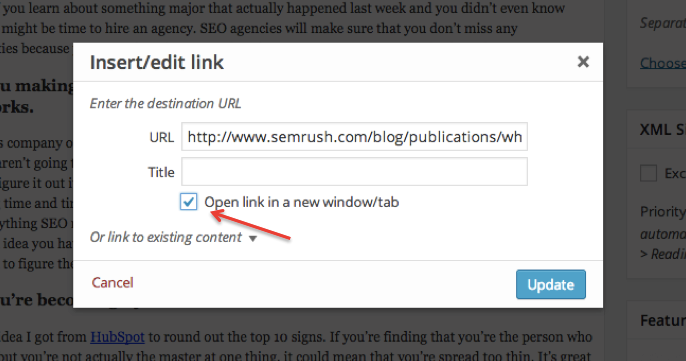
Test all links. Always do a quick run-through of all the links you’ve included in your article. Chances are none of them are broken or outdated, but it will take just a few minutes to make sure, so it’s worth it.
3. Optimize your post.
Optimize your title. Title is everything. Think about your keywords and think about what people might type into a search engine and then write your title with that in mind. SEO plugins like the All in One SEO Pack will tell you if your title is optimized, and it recommends you put your keyword first in your title.
Add meta description and social metadata. While your title holds the greatest importance, a meta description is important to search engines. Social metadata helps social platforms like Facebook and Twitter better understand your post. This in-depth post walks you through how to configure social metadata.
Optimize your URL/ Permalink. This is another great place to use your keywords that many writers miss. When you’re working with WordPress, just below the title you can see what the URL is going to be. If the end of the URL is long or vague, change it to something more specific. Consider the example below and the sample screenshot:
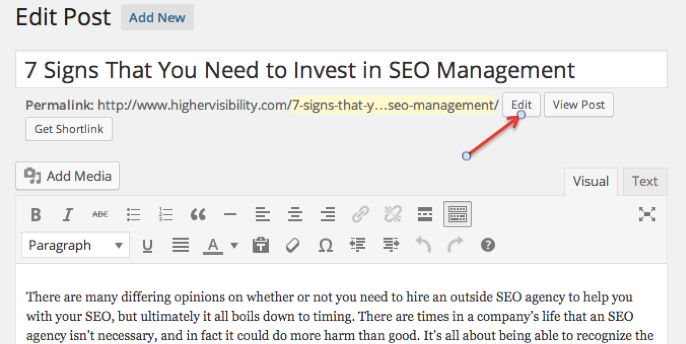
Rename images with keywords. This goes for a feature image or images within the body of the post. Your image name is important to SEO. Search engines want to know what the image shows, so you have to label it with keywords. You can do this is WordPress when you upload your image. Below is an example of a bad image label that needs to be changed:
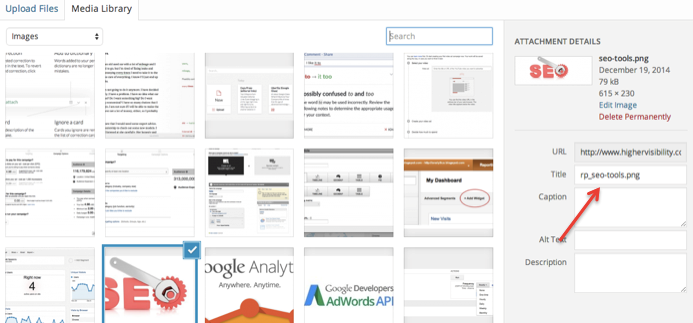
Categorize and tag your post. These are basic SEO tasks that you should complete before you publish. The categories and tags help search engines further identify your post and then help them include it in relevant search results for users. Categories and tags also help with user navigation.
4. Polish and preview.
Add a final call to action. Make sure that at the end of the piece, readers know what they should do next. This could be any number of actions: post a comment (which is great for your engagement), answer a question, check out a related link or article, sign up for a subscription to the blog, connect with an author on social media, etc.
Preview your post. Be sure to look at your post in a preview mode before publishing. This will help you catch any formatting issues.
Check your mobile view. In theory, if the article looks good on your desktop and you haven’t been having any problems with your mobile content or design, your article should display fine on mobile devices. Nevertheless, if you can, preview it on mobile before you publish.
The before tasks of publishing will start to come naturally, but keep this checklist handy in the meantime.
